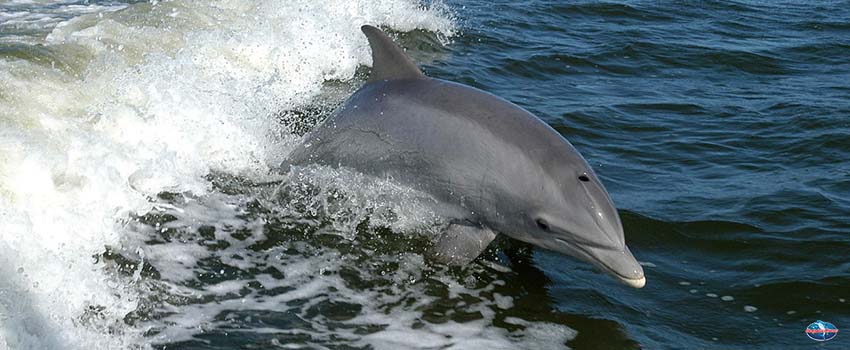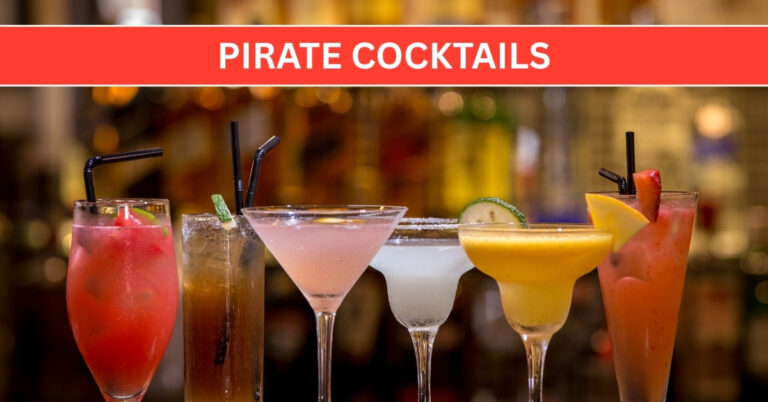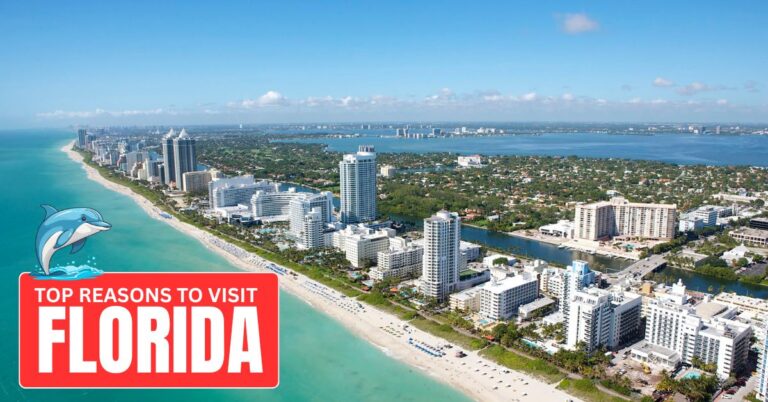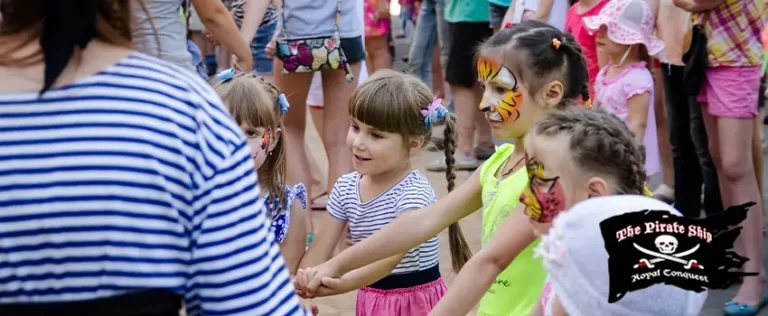Bottlenose dolphins can be found in both tropical and temperate water. The surface water temperature in which they reside ranges from 10 to 32 degrees Celsius (50 to 90 degrees F).
In the Pacific Ocean, they live in the waters of northern Japan to Australia and from Southern California down to Chile. They can also be found offshore in the eastern tropical Pacific, as far west as Hawaii.
Additionally, they can be found in the Atlantic Ocean from Nova Scotia to Patagonia and from Norway to the tip of South Africa. They are the most common dolphin species along the coast of the United States, from Cape Cod to the Gulf of Mexico.
At Sunshine Scenic Tours, we give tourists and locals alike the chance to witness these majestic sea creatures. We take tourists to the spots generally recognized as being the best for sighting Atlantic bottlenose dolphins in Florida.
If you want to know more about these creatures, we’ve prepared a guide especially for you. Are you ready? Let’s get started!
Atlantic Bottlenose Dolphins’ Characteristics
The charismatic and intelligent Atlantic bottlenose dolphins are well-known and loved by people. They have short, narrow rostrums or snouts, hence the name. Their curved mouth gives them the appearance of a permanent smile.
They range in length from 6 to 12 ft (2 to 4 m) and can weigh between 300 to 1,400 lbs (135 to 635 kg). With these characteristics, they are considered the largest of all the beaked dolphins. One fascinating thing about them is that females can be larger than males.
The back of bottlenose dolphins is light to slate gray, and the color fades to a pale grey or pink as it approaches the belly. The dorsal fin of this species is long and curved backward.
Their fluke, commonly called tail fin, is curved and has a deep notch in the middle. They have a sleek body and pointed pectoral fins or sides. Their blowhole is the body part they use to breathe.
Atlantic Bottlenose Dolphin: Family
Atlantic bottlenose dolphins are aquatic mammals that belong to the genus Tursiops. They are cosmopolitan members of the biological family Delphinidae, the same family as oceanic dolphins.
Atlantic Bottlenose Dolphin: Population
Atlantic bottlenose dolphins are not an endangered species. However, habitat degradation and high levels of pollution from human activities on and off the coast are causing coastal populations to decline. The Bottlenose Dolphin is a protected species under the U.S. Marine Mammal Protection Act.
What Do Atlantic Bottlenose Dolphins Eat?
Atlantic bottlenose dolphins thrive in any aquatic environment that has an abundance of food. They utilize different methods to pursue and capture food and eat a variety of prey, such as fish, squids, shrimps, eels, crabs, and small saltwater invertebrates.
They exhibit a variety of feeding strategies, including cooperative hunting. These creatures cooperate to herd fish together, follow fishing boats to find food, and chase fish onto mud banks.
Bottlenose dolphins don’t chew with their teeth. Instead, they grip the fish with their teeth and then swallow them whole. They eat fish head first, so the spines don’t get caught in their throats.
With a limited number of predators that hunt them, bottlenose dolphins are considered one of the top predators in the ocean. They are generally at the top of the food chain. However, they can sometimes fall prey to apex predators such as sharks or orcas.
How Long Do Atlantic Bottlenose Dolphins Live?
Atlantic bottlenose dolphins’ lifespan is around 40 years in the wild. Some females can live up to 60 years. They usually begin to reproduce between the ages of 5 and 15, with the exact age depending on the population.
Female bottlenose dolphins may reach sexual maturity earlier than males. Males travel alone or with another male. They form a bonded pair and look for females in heat. A female who successfully mates with a male will have a 12 month gestation period and produce one calf.
Interesting Facts About Atlantic Bottlenose Dolphins
Here are some interesting facts about Atlantic bottlenose dolphins:
- As mentioned, their short, narrow, and stubby beaks are the reason they are called “bottlenose.” To protect their rostrums when they forage in the ocean, dolphins use different tools or creatures, such as sponges.
- They can make over 1,000 clicking sounds per second. The sound they make travels underwater until they come across objects. Then, they receive details back, such as the target’s location, shape, and size. The clicking sounds are the dolphins’ natural sonar.
- Adult bottlenose dolphins consume approximately 5% of their body weight in food daily.
- When resting, dolphins can shutdown one side of their brains while the other side remains active. When resting, half of their brain shuts down while the active half monitors the environment and controls breathing. This ability to be only half asleep is necessary for their survival in the aquatic world.
- They swallow their food whole and have three chambers in their stomachs that aid their digestion.
- They do not make any sounds with their mouths—they have no vocal cords. All sounds are made through the blowhole of the dolphin!
- They have between 80-100 conical teeth.
- Similar to other mammals, they are born with hair. A calf is born with whiskers on its rostrum. These whiskers fall out shortly after birth.
- On average, they can hold their breath for 5 to 7 minutes.
- They can swim extremely well, thanks to their powerful tail, pointed flippers, and curved dorsal fins on their backs. They can dive to 150 ft below the surface and reach speeds of 30mph.
Watch Dolphins in Their Natural Habitat
Are you planning to go on a vacation in the Sunshine State and want to see Atlantic bottlenose dolphins swimming and interacting with each other in their natural habitat? If so, you should make a booking with Sunshine Scenic Tours.
We provide thrilling and educational dolphin cruises in Madeira Beach, FL. Our captains and crew members know the best spots to sight Atlantic bottlenose dolphins. Come cruise with us and experience a close encounter of the dolphin kind.
For inquiries or reservations, feel free to contact us. We look forward to giving you the highlight of your trip to Florida and the experience of a lifetime!











